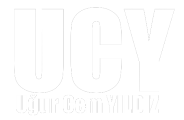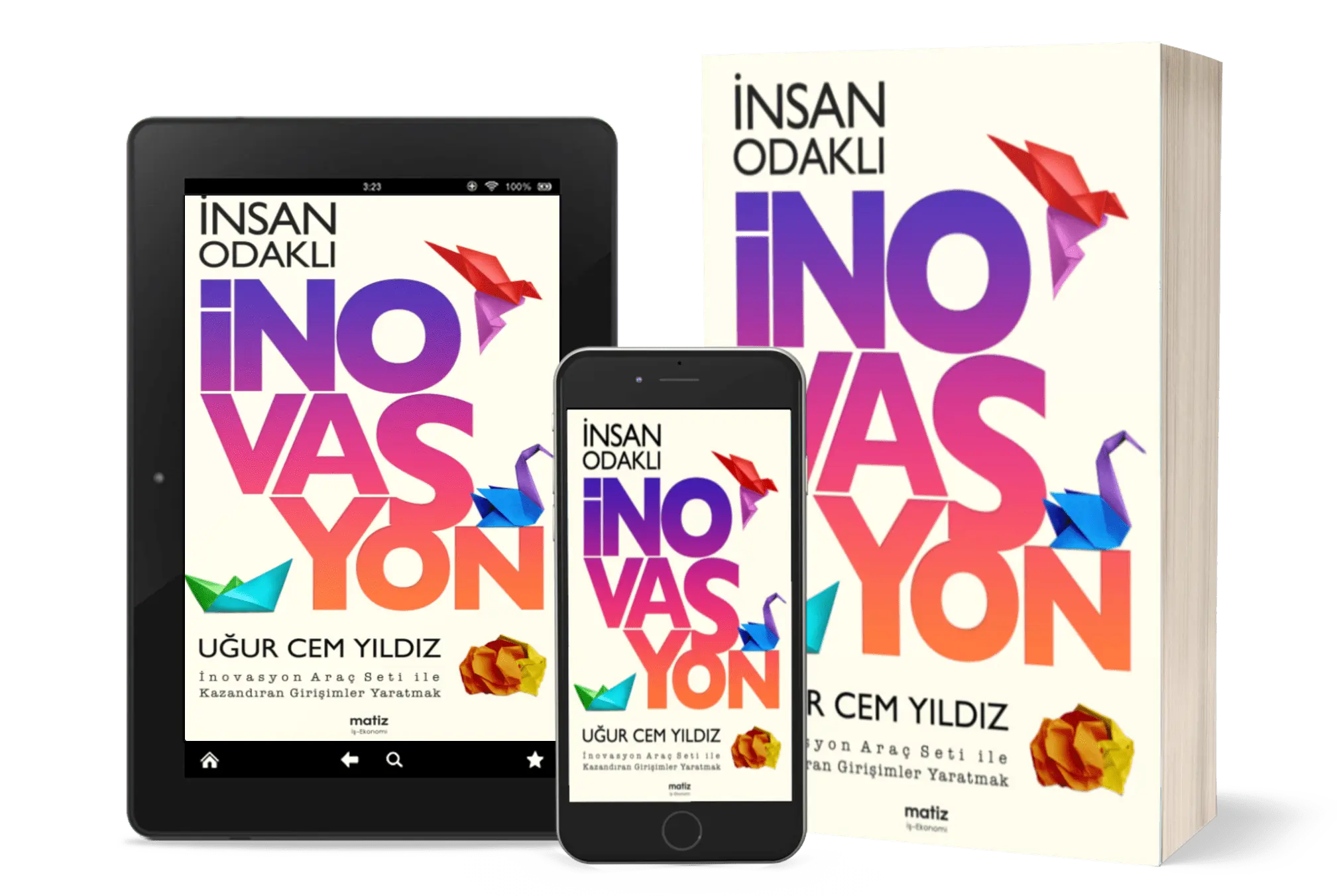Despite efforts of many scholars and practitioners (such as Peter Hawkins, David Clutterbuck, Christine Thornton, Ruth Wageman, Marita Fridjhon, Anne Rod, Jennifer Britton) and organizations (such as EMCC), team coaching is still in its early stages of maturity. There is still a lack of clear definitions and standards for either team coaches or team coaching.
I decided to contribute to this field by providing my synthesis (a mashup of the work of the people cited above and my experience) about the team coaching. Before reading this article; I recommend you read “Team Coaching: What It is and What It is not?“.
I prefer to explain team coaching in an iterative 4 step process model.
- Preparation: Collecting data in order to make an effective launch
- Collective Understanding: Developing a collective understanding about as-is and to-be
- Collective Wisdom: Provoking collective intelligence for developing a clear future and different options to reach to it
- Collective Action: Identifying actions to take and collective resources that can be utilized. Encouraging collective action on selected actions
Preparation
This phase includes:
- Initial Contact: understanding the general situation
- Wholistic View of the Status Quo: collecting data and compiling a wholistic view about the status quo
The artifact: a summary of the 360 degree view of the team
Collective Understanding
This phase includes:
- Change Themes / Aspirations: identifying need (what to change) developing a motivating collective aspiration for the team.
- Goals: clarifying metrics of success.
- Engagement Rules: crafting the rules to be followed by all members of the team during coaching process.
The artifact: a contract, which is a written and all-time-visible document summarizing the outputs of the above steps.
Collective Wisdom
This phase includes:
- Crisp & Clear Future: Creating a collectively agreed crisp and clear image of the to-be state
- Possible Options: Identifying possible options to be utilized in order to make the team achieve the to-be state
The artifact: a picture, mind-map or something similar, which summarizes the outputs of the above steps.
Collective Action
This phase includes
- Plan for Change: Selecting the most viable and desirable options, clarifying responsibilities, compiling a time plan
- Resources: Identifying collective resources to be utilized in the change plan
- Plan for Sustaining Change: Identifying actions to take in order to encourage and ensure collective action on the agreed plan
The artifact: a detailed action plan.
I will try to explain the details of each phase in seperate pages. Follow this link in order to see the first phase.


0 Yorum